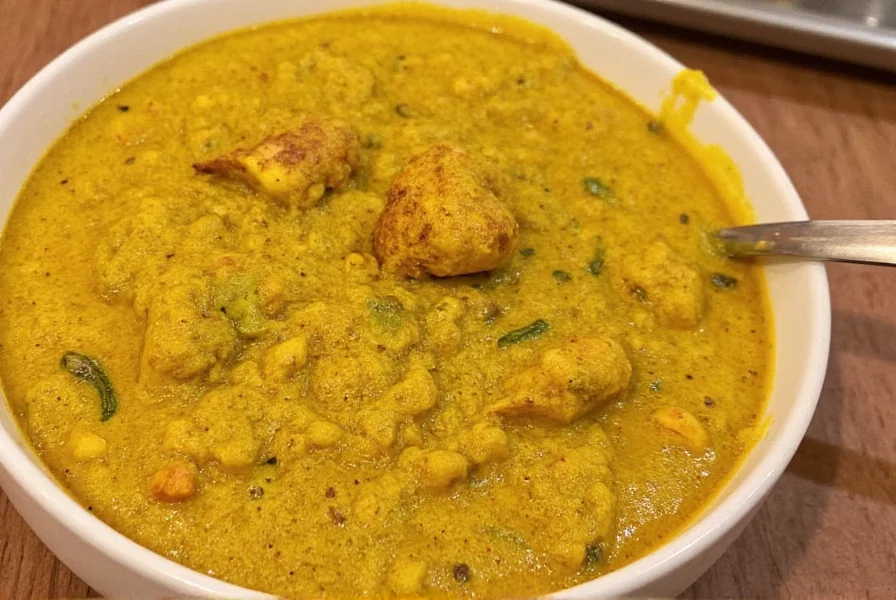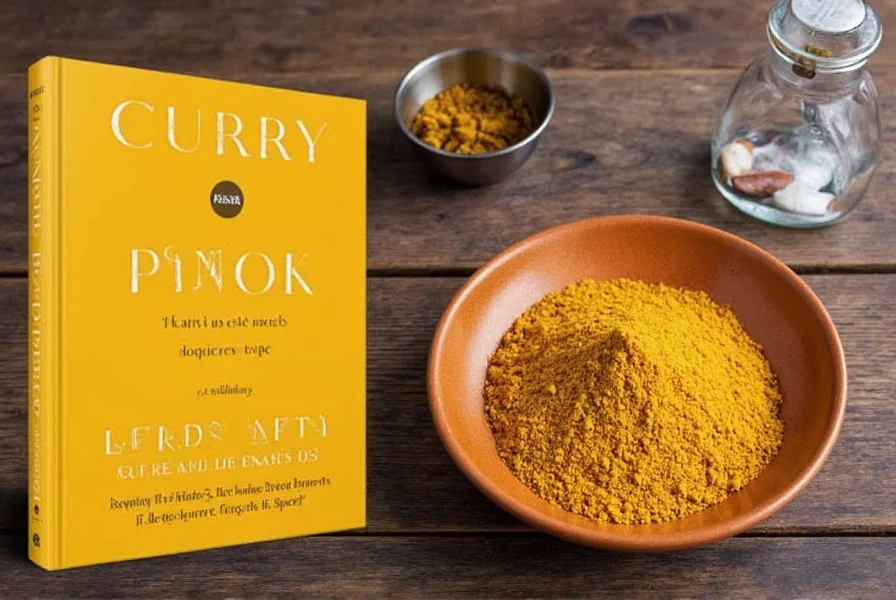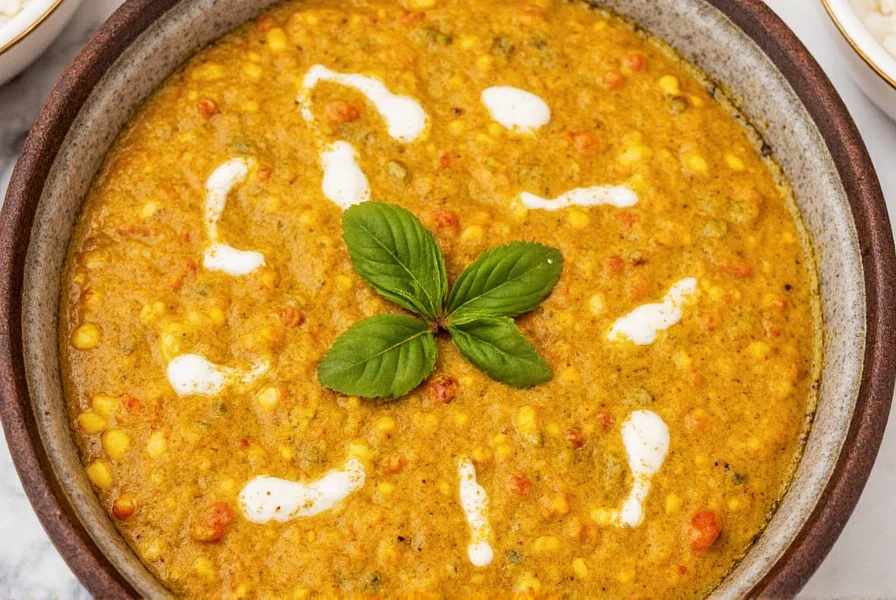What Is Curry?
Curry is not a single spice or dish but a broad culinary term for spice blends and sauce-based dishes originating from South Asia, particularly India. The word comes from the Tamil "kari" (meaning sauce or relish), but its modern global usage stems from British colonial influence in the 18th century. What Western cultures call "curry powder" is largely a British simplification of complex regional Indian spice combinations.

History of the Term 'Curry'
During British colonial rule in India, British officers encountered regional dishes called "kari" in Tamil-speaking areas. They generalized these diverse preparations under the single term "curry" for export purposes. This created widespread misconceptions that "curry" is a specific spice or dish, when in reality Indian cuisine has no single "curry powder" - each region uses unique spice blends tailored to local ingredients and traditions.
Common Misconceptions About Curry
Myth: "Curry" is a single spice or dish.
Reality: "Curry" refers to countless regional variations. In India, chefs create custom spice blends for each dish rather than using pre-mixed powders.
Myth: All curry is hot and spicy.
Reality: Heat levels vary dramatically. Japanese curry is mild and sweet, while Jamaican curry can be extremely fiery. The term describes the spice blend style, not heat intensity.
Myth: Curry powder is authentic to Indian cuisine.
Reality: Authentic Indian cooking rarely uses pre-made curry powder. Commercial curry powders were developed by British traders to simplify complex Indian spice combinations for Western markets.
| Type | Origin | Main Ingredients | Flavor Profile |
|---|---|---|---|
| Indian Curry (e.g., Butter Chicken) | India | Onion, tomatoes, ginger, garlic, garam masala | Creamy, spiced, rich |
| Thai Green Curry | Thailand | Green chili paste, coconut milk, lemongrass, kaffir lime leaves | Spicy, fragrant, aromatic |
| Japanese Curry (Kare Raisu) | Japan | Mild curry powder, apples, carrots, potatoes | Savory, sweetish, comforting |
| Jamaican Curry | Jamaica | Hot peppers, thyme, Scotch bonnet, allspice | Fiery, herbal, bold |
Frequently Asked Questions About Curry
What is curry, fundamentally?
Curry isn't a single spice or dish but a broad culinary concept. The term refers to a wide variety of sauce-based preparations using complex spice blends. It originated from the Tamil word "kari" but was popularized globally through British colonial influence.
Is curry originally from India?
While spice blends used in curry dishes originated in India, the term "curry" as we know it was popularized during British colonial rule. Indian cuisine traditionally doesn't use pre-made "curry powder" - each region has unique spice combinations.
Is all curry hot and spicy?
No. Heat levels vary significantly by region. Japanese curry is typically mild and sweet, while Jamaican curry can be extremely hot. The term describes the spice blend style, not heat intensity.
What are the essential spices in curry blends?
Most curry blends contain turmeric (for color), cumin (depth), coriander (citrus notes), chili peppers (heat), and ginger (warmth). Regional variations add cardamom, cloves, cinnamon, or mustard seeds for unique flavor profiles.
How can I tell the difference between curry types from various cultures?
Key differences include: Indian curries use onion-tomato bases with complex spice blends; Thai curries feature fresh herb pastes with coconut milk; Japanese curries are mild, thickened with roux, and slightly sweet; Caribbean curries prominently use allspice and Scotch bonnet peppers.
Final Thoughts
Curry represents a fascinating cultural bridge across continents. Understanding its true origins and diversity helps move beyond common misconceptions and appreciate the rich culinary traditions behind this global term.












 浙公网安备
33010002000092号
浙公网安备
33010002000092号 浙B2-20120091-4
浙B2-20120091-4